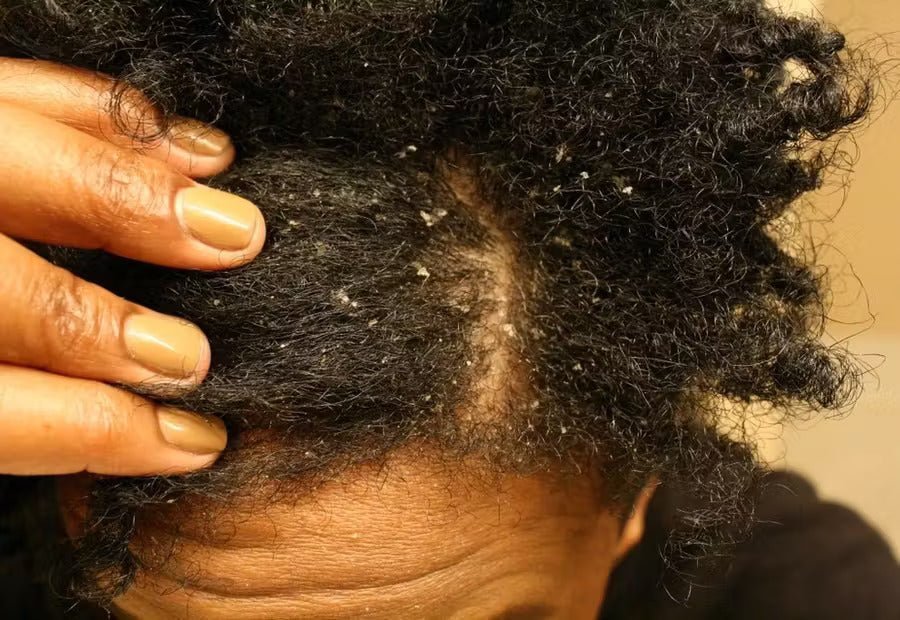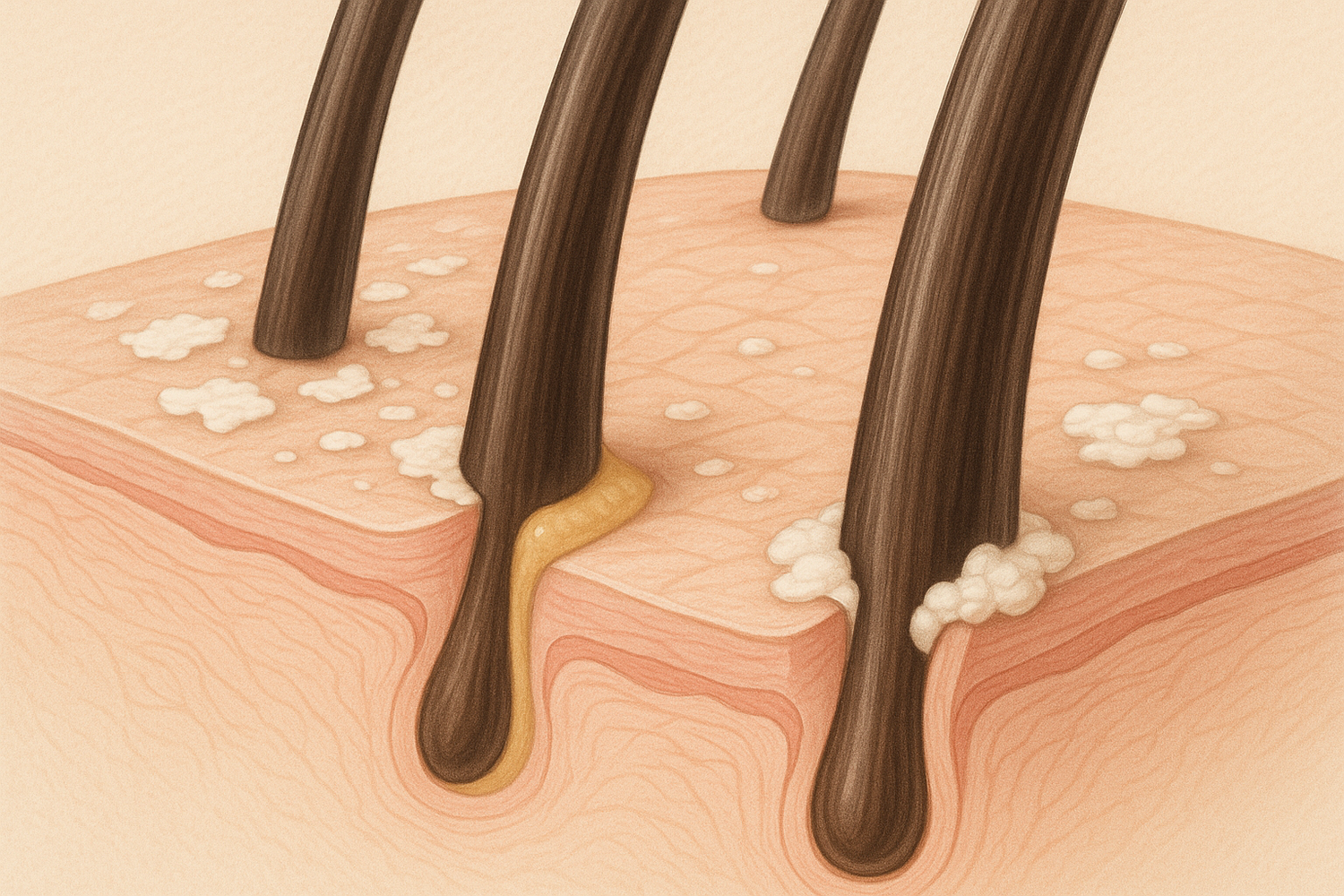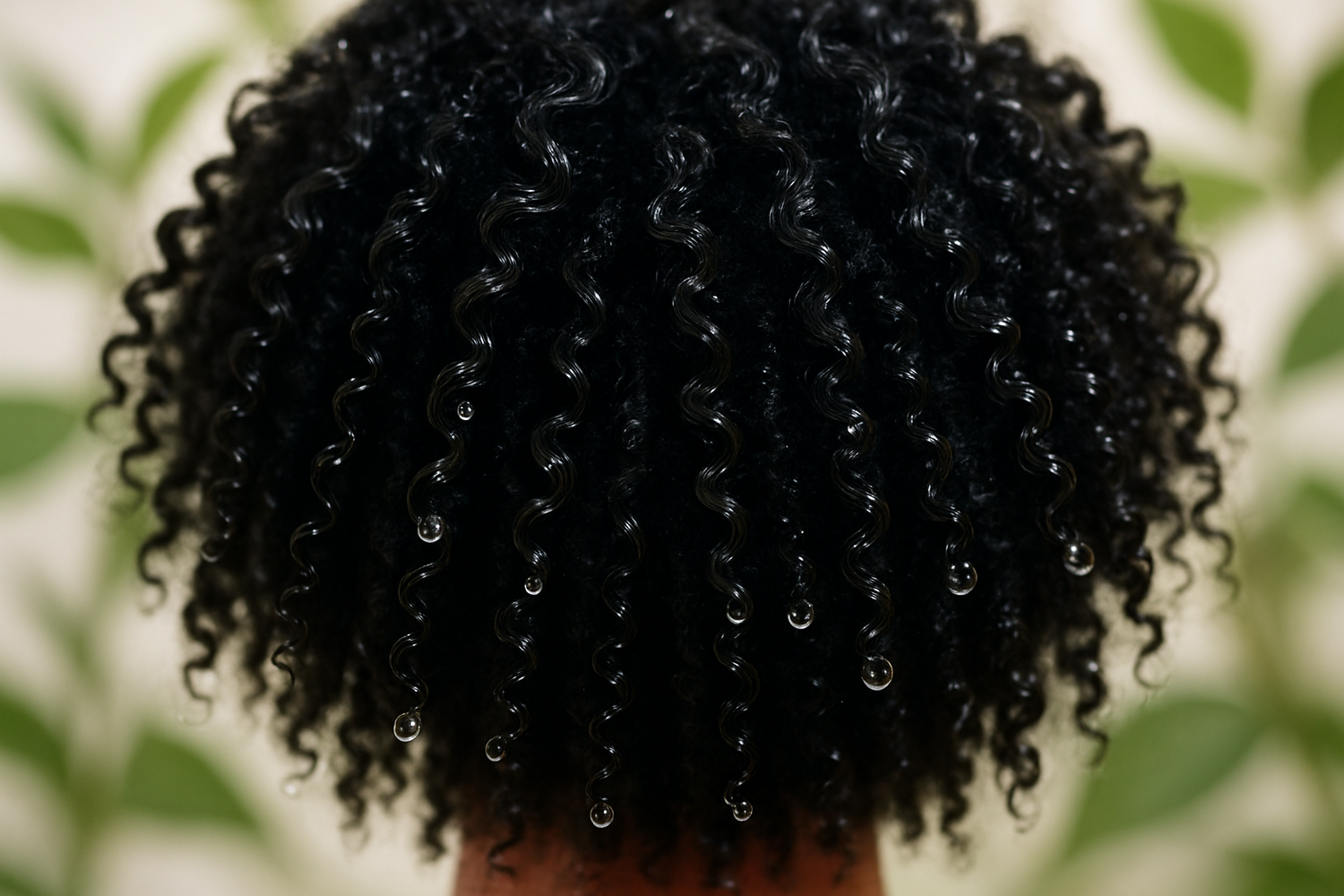Dandruff is a common condition characterized by the presence of white flakes on the scalp and in the hair. The exact cause of dandruff is not fully understood, but it is believed to result from a combination of several factors. Here are some possible causes of dandruff:
-
Fungal infection: The most common cause of dandruff is an overgrowth of a yeast-like fungus called Malassezia. This fungus is normally present on the scalp but can multiply and cause irritation, leading to dandruff.
-
Seborrheic dermatitis: This is a common skin condition characterized by red, itchy, and flaky patches on the scalp, face, and other oily areas of the body. Seborrheic dermatitis can contribute to the development of dandruff.
-
Dry skin: Dry skin is often associated with dandruff. When the scalp becomes dry, it can become itchy and flake, leading to dandruff formation.
-
Excessive oil production: On the other hand, excessive oil production on the scalp, often caused by an overactive sebaceous gland, can contribute to the development of dandruff. The excess oil can trap dead skin cells, causing them to clump together and form flakes.
-
Sensitivity or allergic reactions: Some people may have a sensitivity or allergic reaction to certain hair care products, such as shampoos, conditioners, or hair dyes. This can lead to scalp irritation and dandruff-like symptoms.
-
Poor hygiene: Infrequent shampooing or inadequate cleansing of the scalp can result in the buildup of dead skin cells, oil, and dirt, which can contribute to dandruff.
It's important to note that dandruff is a harmless condition and is not contagious. However, it can be persistent and cause discomfort or embarrassment. If you are experiencing severe or persistent dandruff, it is advisable to consult a dermatologist or healthcare professional for proper diagnosis and treatment options.





